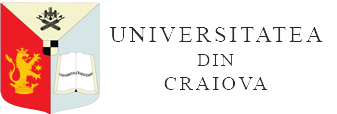MICRIBIOLOGICAL ACTIVITY IN A HIGHLY POLLUTED SOIL
DOI:
https://doi.org/10.52846/aamc.v52i1.1366Abstract
To emphasize the microbiological activity in a polluted soil, the microbiologicalindicators (the number of bacteria; the number of fungi; and the soil respiration) had been analyzed, both from the qualitative and the qualitative point of view. The researches had been performed in Patranjeni area, in ApuseniMountains on a slope of the AmpoiValley. The soil is AlosolRodicanthropic polluted (with dioxide and trioxide sulphur emissions). The results showed that total counts of bacteria showed very low (220 x 106 viable cells x g-1d.s.) to medium (1270 x 106 viable cells x g-1d.s.) viable cells in the plant root active layer, while the fungi total counts showed a very low number in all the pedogenetic horizons (ranging between 2.40 x 103cfus x g-1d.s. and 3.70 x 103cfus x g-1d.s.). The global indicator of the soil microbiological activity is soil respiration, to which data pointed out low activity (64.20 mg CO2 x g-1d.s.) in the soil profile, except the top horizon, where the activity is medium (11.3 – 11.4 mg CO2 x g-1d.s.). The results of the taxonomic identification showed for bacteria the dominance of Baccilus and Pseudomonas, while for fungi, the dominance of Penicillium, Aspergillus, and Fusarium.


